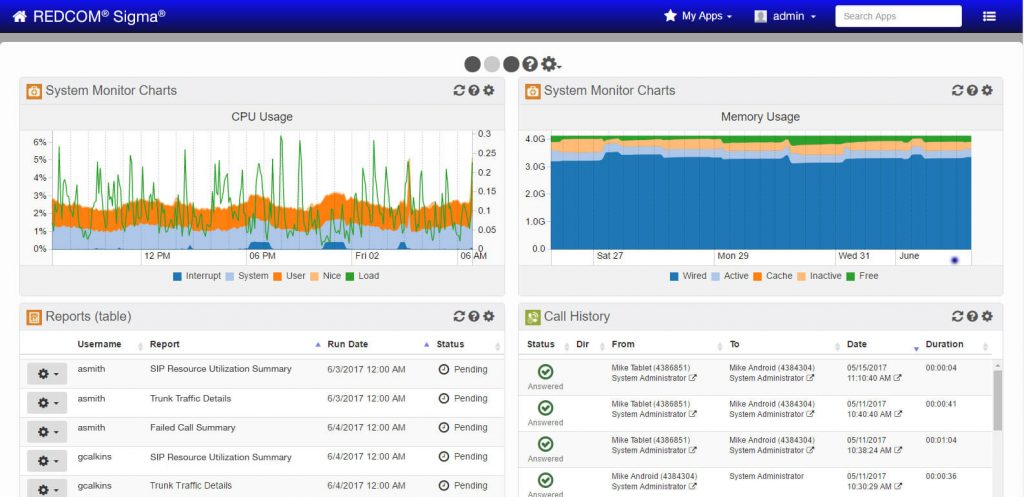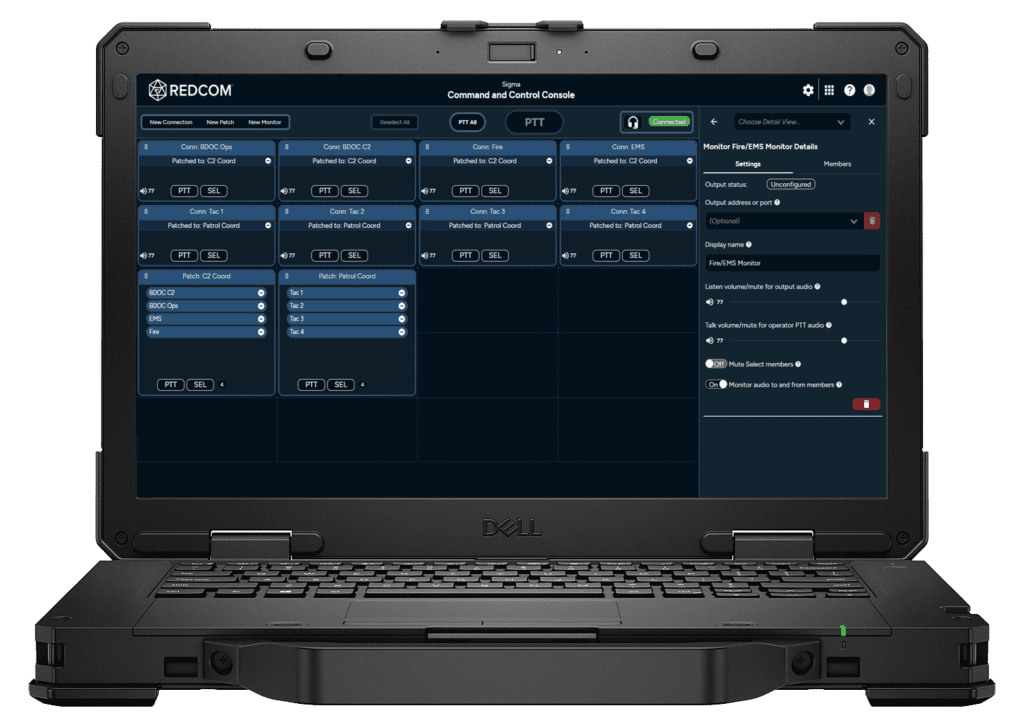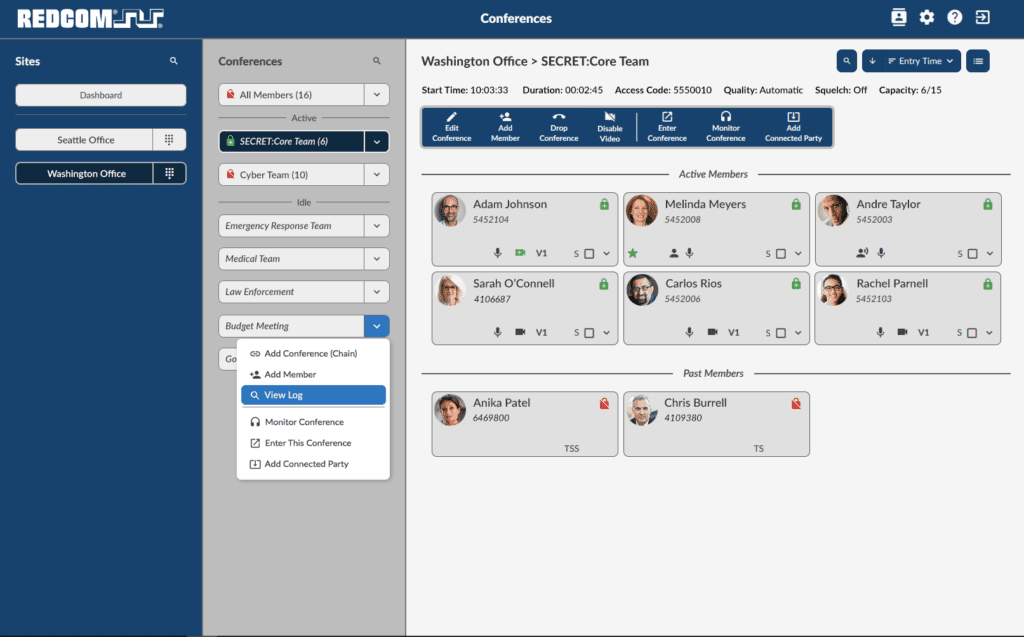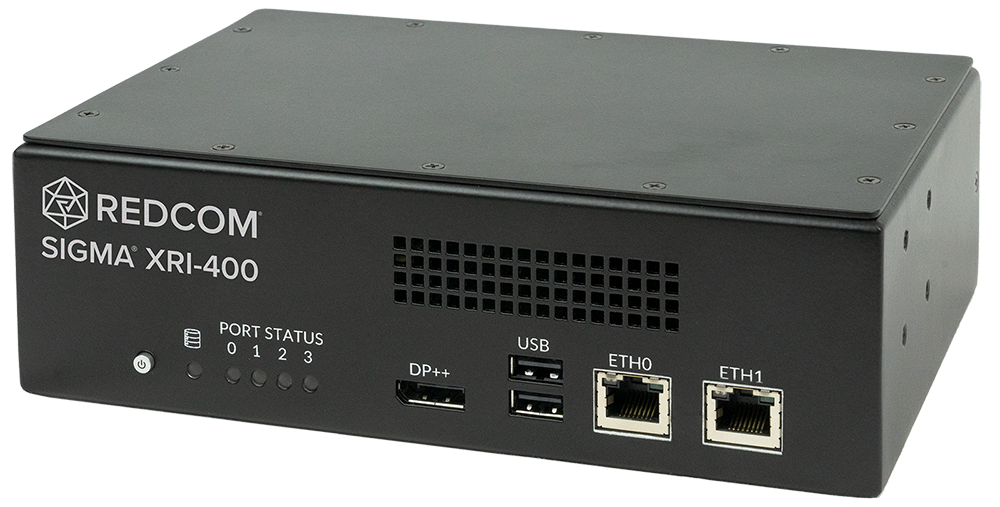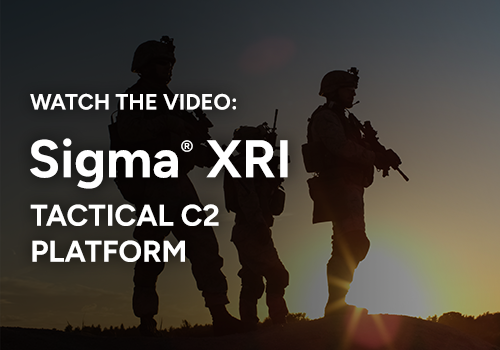Denied Environment Communications
Sustain Communications in Disconnected, Intermittent, & Limited Bandwidth (DIL) Environments
Home / DDIL Communications

Overcoming the asymmetrical threat
For decades, the U.S. Military has maintained a technological superiority — described as an asymmetrical advantage — over adversaries. But IP-based architectures, virtualization, and cloud-based computing introduce the risk of cyber-attacks and a need to plan for the sustainment of operations in a denied environment.
The system of networks that warfighters rely on to gather, process, and disseminate information requires the analysis and configuration to sustain critical command, control, and warfighting functions when the network, communications systems, or power sustainment and distribution systems are rendered inoperable in a DIL environment.
Countering weaponized code
The technology that improves interoperability can also increase risk as the communication code we rely on becomes a form of adversarial munition. Today’s network is also a weapons system, and as such, allies must formulate a strategy of sustained operations in a denied environment or under cyber-attack.
REDCOM’s strength and reputation are based on our ability to customize solutions and equipment across all levels of interoperability – from the cloud to RF to analog – to meet the needs of warfighters operating in denied environments.

Sophisticated simplicity
Consider the network as an environment that is multi-dimensional and visualize a three-level chessboard. In developing a multi-layer, depth-of-defense strategy, we are experts at leveraging new technology with legacy technology: the top-level representing the IP world, the middle TDM, and analog at the lowest — yet all layers remain interoperable with each other. Command can identify the threats at each level, what resources are aligned at each level, and the connectivity and interoperability required to move from one layer to the next to sustain critical communications.
Built into each level is our expertise to minimize size, weight, and power at the tactical edge. As the market moves towards an environment dominated by commercially available cloud, all-IP networks, many suppliers have abandoned support and production of TDM and analog technologies. This can represent a significant strategic gap when the interoperability with legacy technology is at the core of sustaining operations in D2CE. At REDCOM, we don’t see outdated — we see synergy in simplification.
Enhancing mission-readiness
- Bridge disparate voice communications mediums: IP, RF, TDM, and analog
- Efficient, compact, flexible, easily deployable
- Standards-based, open-architecture
- Interoperates seamlessly with existing and legacy hardware and technologies
- Enables secure communications capabilities across all echelons
- REDCOM Secure Client delivers voice, video, chat, presence, integrated PTT
- REDCOM Sigma XRI provides a stand-alone, mobile C2 platform ideally suited for the DIL environment

Sustain communications in denied environments
REDCOM enables warfighters to sustain communications at all times, regardless of transport medium. As the video below demonstrates, if the primary communications links (IP and satellite) fail, REDCOM technology can seamlessly fall back to the next available transport method, such as RF or analog comms.
